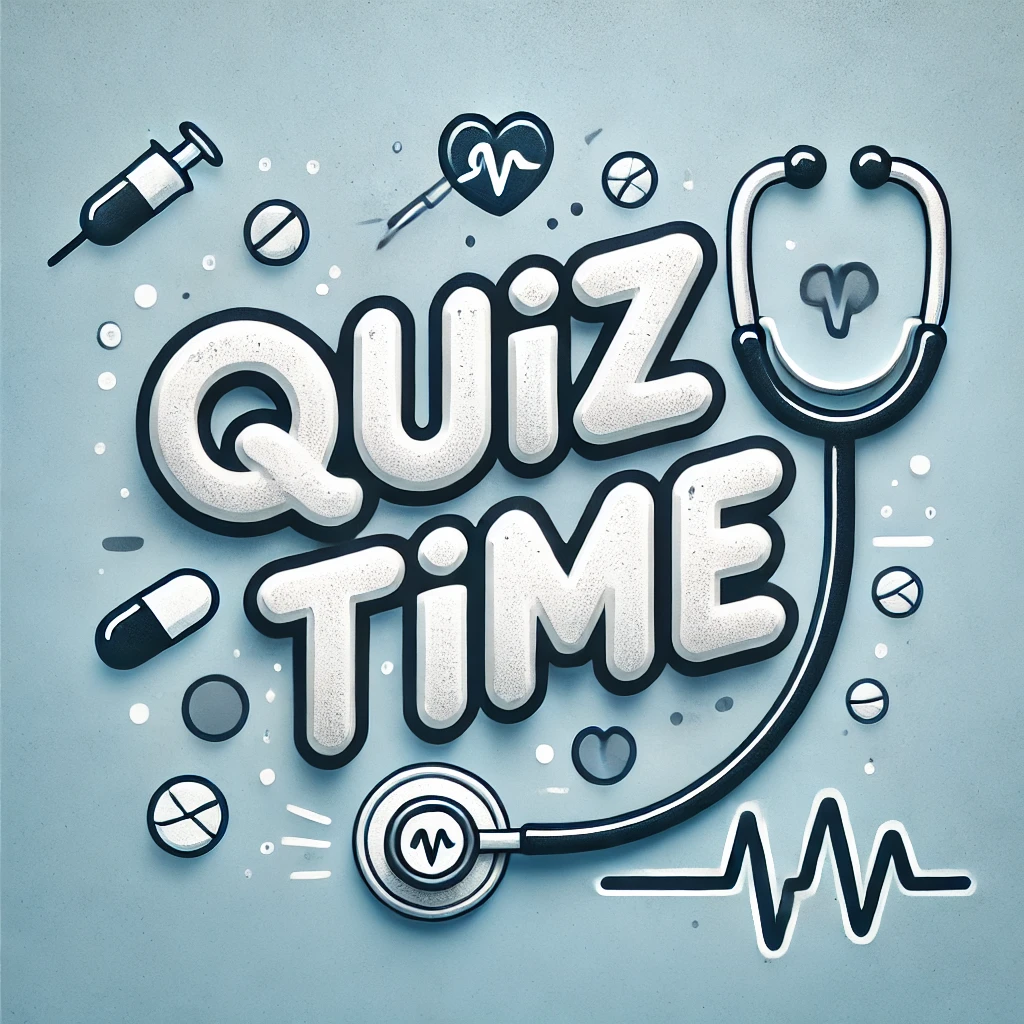Pediatrics Case: Child with Fever, Vomiting, Diarrhea & Abdominal Pain
Pediatrics exam vignette — A 3‑year‑old with fever, vomiting, diarrhea, and abdominal pain. Read the focused answer and high‑yield exam pearls to test pediatric clinical reasoning.
A 3-year-old girl presents to you with fever, vomiting, diarrhea, and abdominal pain that has lasted for 2 days. She wakes up one morning pale and lethargic.
On examination, she is afebrile but weak and irritable. You decide to order laboratory studies. The results are as follows:
White blood cell count: 19,400/μL
Hemoglobin: 11 g/dL
Platelet count: 60,000/μL
Partial thromboplastin time: 37.7 seconds
Prothrombin time: 13.3 seconds
Urine blood: +1
Urine protein: +2
Creatinine: 1.5 mg/dL
Blood smear: (+) schistocytes
This girl is experiencing a condition that causes which of the following?
- increased erythrocyte production
- decreased erythrocyte destruction
- increased erythrocyte destruction
- decreased erythrocyte production
The correct answer is:
increased erythrocyte destruction
Educational Objective:
Describe the effect on erythrocytes in hemolytic uremic syndrome.
Key Point:
Hemolytic uremic syndrome causes increased erythrocyte destruction.
Explanation:
In patients with hemolytic uremic syndrome (HUS) and diarrhea, endothelial cell damage occurs due to Shiga toxin or a Shiga-like verotoxin. Damage to the kidneys causes thrombosis and platelet aggregation with thrombocytopenia. Microangiopathic hemolytic anemia occurs due to the damage to erythrocytes that pass through.
HUS consists of microangiopathic hemolytic anemia, low platelets, and renal insufficiency. When HUS is caused by Escherichia coli infection, these symptoms usually occur several days after gastroenteritis and may include bloody diarrhea. The course may be mild or severe. Severe complications include renal and heart failure. There may also be central nervous system involvement, including irritability and symptoms of encephalopathy.
Disorders of the bone marrow, including malignancies, may affect erythrocyte production (an increase or decrease). Some anemias, such as anemia of chronic disease and Diamond-Blackfan anemia, cam cause impaired erythropoiesis and inadequate production of red blood cells.
References:
Scott JP. Platelet and blood vessel disorders. In: Kliegman RM, et al, eds. Nelson Textbook of Pediatrics. 20th ed., 2016:2400-2407.
Van Why SK, Avner ED. Hemolytic-uremic syndrome. In: Kliegman RM, et al, eds. Nelson Textbook of Pediatrics. 20th ed., 2016:2507-2509.
This question appears in Med-Challenger Pediatric Medicine Exam Review with CME
Try for free and save. Ace your exams and meet your CME/MOC requirements for just $35 a month!

/PEDS%20CHALLENGER.png?width=250&height=218&name=PEDS%20CHALLENGER.png)


.png)

.png)